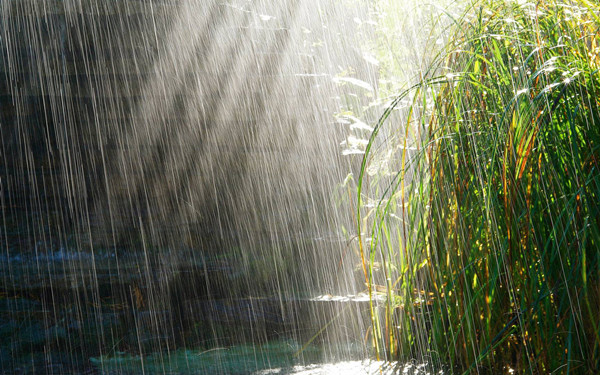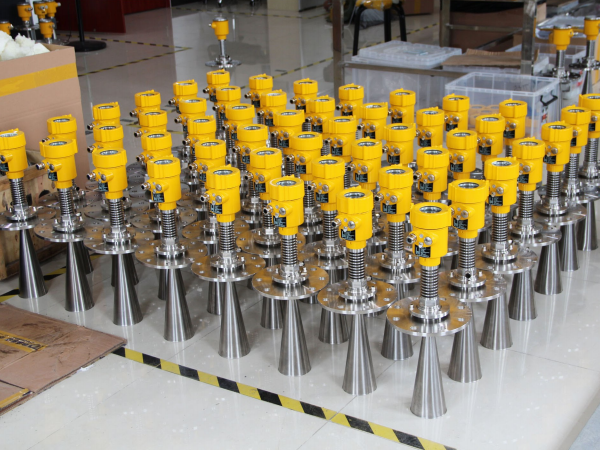As the seasons turn, the arrival of the rainy season brings moisture to the earth, but also brings challenges to many industrial fields. In such a rainy season, the correct use and maintenance of radar level gauges, a device that is particularly important for liquid storage and measurement, is particularly critical.
This article will elaborate on how to ensure the accuracy and reliability of radar level gauges during the rainy season, as well as the key points that need to be paid attention to.

First of all, it is basic to understand the working principle of radar level gauge. It measures the level and distance of liquids by emitting microwave signals and receiving the signals reflected back.
Because microwaves can penetrate many media, including plastics, glass, and metals, radar level gauges are widely used in the measurement of various liquids. However, during the rainy season, increased humidity may affect the performance of the device.

The first thing to pay attention to is to prevent moisture intrusion. Although modern radar level gauges are usually designed to be waterproof, in rainy environments, it is still necessary to check whether the protection level of the equipment is high enough to prevent rain or humid air from invading the inside of the instrument, causing moisture damage to electronic components.
The second point is regular calibration.
Since the rainy season can be accompanied by temperature fluctuations, this can affect the density and refractive index of the liquid and thus the measurement results.
Therefore, it is recommended to conduct at least one on-site calibration before and after the rainy season to ensure data accuracy. The third point is cleaning and maintenance.
The moisture brought by the rainy season may cause more dust and impurities to adhere to the surface of the radar level gauge. These substances will absorb microwaves and interfere with the accurate return of signals.
Therefore, regular cleaning of the antenna area to keep it clean and transparent is an important step to ensure measurement accuracy.

The fourth point is to pay attention to the installation location. When choosing the location to install the radar level gauge, you should avoid low-lying areas that are prone to water accumulation to prevent the equipment from being immersed in water for a long time and causing damage. At the same time, ensure that the installation location can effectively prevent rainwater from directly washing onto the equipment.
The fifth point is lightning protection measures. Lightning is a common natural phenomenon during the rainy season, and the electronics of radar level gauges are very sensitive to power surges. Therefore, it is necessary to ensure that the equipment has good grounding measures to reduce the risk of damage to the equipment from lightning strikes.
Point six is to check the cables and connections. Prolonged wet conditions can cause cable insulation to age or become damaged, and connectors to rust or corrode. Regular inspection of these components and timely replacement when problems are discovered are important measures to prevent failures. The last point is to prepare backup plans.
Any piece of equipment can malfunction unexpectedly during extreme weather conditions. Therefore, it is necessary to formulate an emergency plan and prepare backup liquid level measurement equipment, which can be quickly switched when there is a problem with the main equipment to ensure that production is not affected.

In short, when using a radar level meter in the rainy season, special attention needs to be paid to waterproofing and moisture-proofing, regular calibration, cleaning and maintenance, reasonable installation, lightning protection, checking cables and connections, and preparing backup plans.
Through these meticulous precautions, it is possible to ensure that the radar level gauge can work stably and reliably even in the rainy season, providing a strong guarantee for accurate measurement of liquids.
